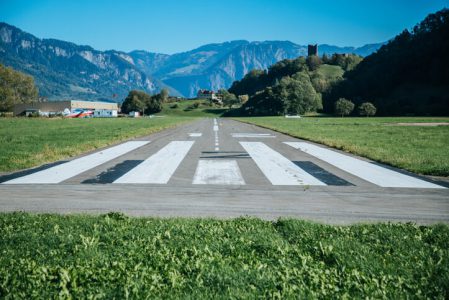Keeping up on Pilot Training
If I had to pick my least favorite part of recurrent, it would have to be aircraft performance. It’s usually one of the last things we talk about and it never carries the same urgency as, say, discussing a dual generator failure or smoke in the cabin.
This year, however, was different. I attended ground school a few weeks before a planned trip into Aspen – a first for all on board. The boss sent me to class with the expectation that I would come home a pilot training and aircraft performance expert on “all things mountains”, but I must admit….it’s still seemed a little nerve wracking.
My biggest concern was the second segment climb in the proximity of large mountains. I wanted to run through the “numbers” with my instructor in the safety of the classroom so I would have a good idea of what to expect if the unthinkable happened.
Well, we had charts everywhere, worksheets filled out, representative numbers for weather and payload in hand…..Everything was making sense and going along great until we got to the end of the problem and we both declared that the final answer was 10.8%. My aircraft performance would need to ensure at least a 10.8% climb gradient to provide sufficient obstacle clearance.
So here is my issue. I don’t have a climb gradient instrument. 10.8% doesn’t mean a thing to me when I’m flying. PLUS…. Jepp departure charts give us the required climb gradient in feet per nautical mile while the AFM gives us climb gradients in %. Both are important to know when you are doing the preflight performance numbers for your flight to ensure that you are both legal and safe.
There are two simple formulas that will help clear up the confusion: one is for determining the % gradient so you can check the charts in the AFM to be sure that your airplane is capable of the required climb for a certain airport. The second is to convert the “feet per nautical mile” climb requirement into a more pilot friendly “feet per minute” that you can see on your instruments. Of course I’m not suggesting that you disregard the critical V2 climbout in favor of a predetermined rate of climb, but I do think it’s helpful to know a target number in advance.
So, for example: The Aspen 7 departure states that runway 33 requires a minimum obstacle climb of 650 feet per nautical mile to 13000 feet. So how do we know if we can legally do that? First we need to convert the feet per nautical mile to a % climb gradient. Here’s the formula:
Rise/Run = %.
Easy, right? “Rise” represents the feet per nautical mile climb (650) and “run” represents the distance traveled of 1 nautical mile or 6076 feet, (use 60 to ensure the correct decimal point placement). 650/60 =10.8%. So now I go to the performance charts in my AFM to check that the climb gradient % for my exact flight parameters (weight, temperature etc) is at least 10.8%.
Next we need a formula for rate of climb. Here it is:
Groundspeed X feet per nautical mile/6076 (use 60 for decimal point placement)
Let’s say our ground speed is 100 kts. Using our formula: 100 x 650/60 = 1083 fpm
(Jepp charts sometimes include a table on the departure page for this purpose, but this is how you can do the computations yourself). Another example…If my ground speed was 120 kts, it would be 120 x 650/60 = 1300 fpm.
I carry these 2 formulas with me for easy reference, just in case. Remember, this is not a warm and fuzzy exercise to use during pilot training, it’s an absolute legality for aircraft performance and your life depends on it.
Stay safe out there!
RELATED READING
RELATED CTS TRAINING










